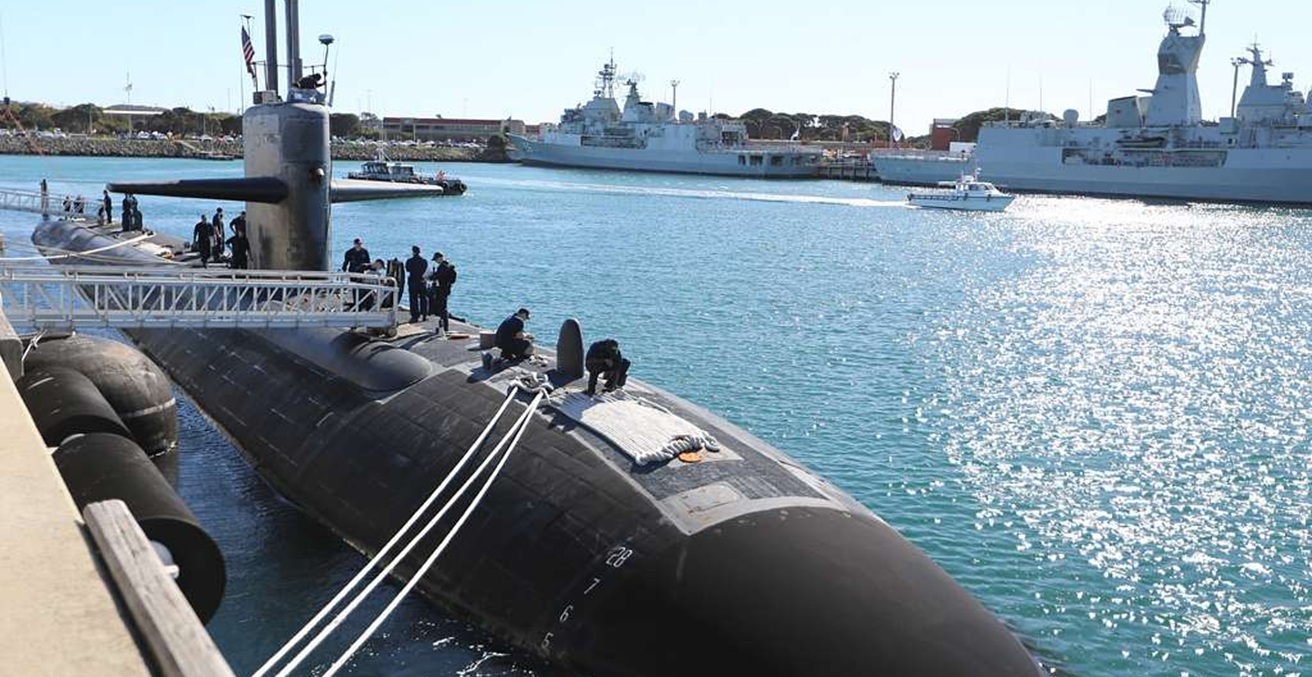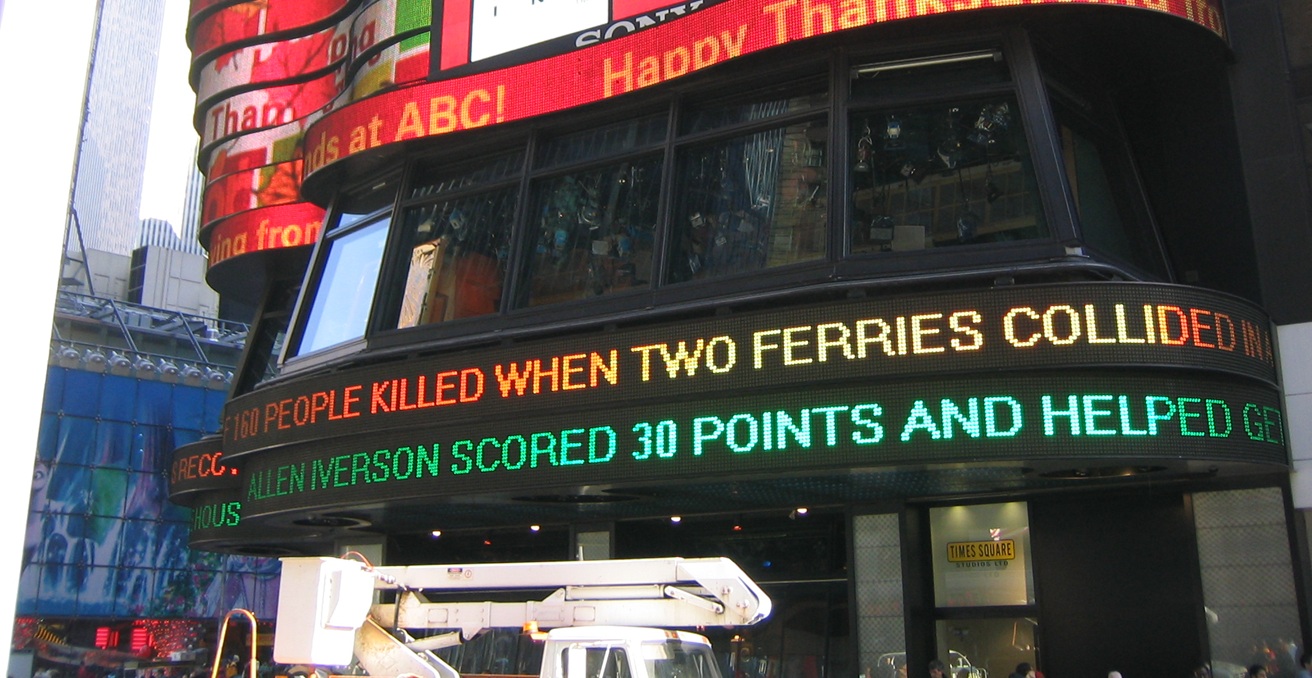Non-state actors in Gaza and Egypt have exploited smuggling networks to acquire arms, but they face new challenges.
The Arab Turmoil has dramatically increased the arms of rebellious non-state actors in the Gaza Strip and the Sinai Peninsula. Non-state actors have acquired weapons through state sponsorship, stealing and looting, arms trade and self-production. Securing a steady flow of arms and ammunition allows non-state actors to sustain unbalanced conflicts against a much stronger state’s forces. For example, until recently, the Palestinian Hamas and the smaller, Palestinian Islamic Jihad (PIJ) enjoyed advanced Iranian weaponry that was smuggled by land and sea. The Egyptian Army has used sea water to destroy hundreds of tunnels across the border between Egypt and Gaza that served Hamas’s arming efforts, and established a buffer zone with the Gaza Strip.
Israel’s withdrawal from the Gaza Strip and Egypt border in September 2005, and Hamas’ takeover of the Gaza Strip in June 2007 permitted Iran and Hamas to expeditiously introduce heavier weapon systems. Hundreds of Hamas and PIJ militants were sent to Iran for Iranian Quds Force training. Arms traders and traffickers who have longstanding relations with the Palestinian groups smuggled the Iranian arms through Sudan, Egypt and Sinai. On the eve of Operation Protective Edge, Hamas and other militant groups in Gaza possessed more than 10,000 short, medium and long-range rockets, many of which were supplied by Iran. Iran also supplied Hamas with advanced anti-tank missiles, anti-aircraft missiles, standard 120-mm mortars and high-quality explosives.
Learning from the war in 2006 between Israel and Hezbollah, the leadership of Hamas was committed to developing a strategic rockets apparatus. Israel’s lack of strategic depth was exploited through direct attacks on Israeli civilians, intensively and continuously. Iranian weaponry was critical for making Hamas a militarily disciplined organisation, enabling Hamas to create a balance of deterrence against Israel while forcefully challenging the Palestinian Authority.
Following the removal of President Mubarak in 2011, security forces in Sinai diminished almost completely. This was encouragement for militant groups to transfer weapons and civilian goods freely to Gaza, without waiting to smuggle them at night. During late 2013, Hamas smuggled several dozen Syrian manufactured M-302 rockets, with a range of around 150 km, into Gaza. During Operation Protective Edge, Hamas fired these long-range rockets for the first time at part of northern Israel and the Jerusalem area.
The collapse of the Gaddafi regime in October 2011 resulted in an unchecked flood of illicit weapons (such as SA-7 anti-aircraft missiles) out of Libya, empowering the Salafi-Jihadist groups in North Africa and the Middle East. For Sinai’s jihadist groups, such as Sinai-based Ansar Bait al Muqades, the newly formed Islamic states in Iraq and Syria (ISIS) have been an inspiration. The jihadist groups in Egypt conducted more daring and lethal guerrilla operations and a growing number of suicide attacks against government and civilian targets, with car bombs and suicide bombers. They developed a remarkable explosives infrastructure in Sinai, using links with Salafi-Jihadist groups in the Gaza Strip and foreign jihadists.
Hamas’ refusal to side with the Assad regime and its support for the Syrian rebels caused relations with its close allies in the “axis of resistance”, Syria, Iran and Hezbollah, to deteriorate. Consequently, in 2012, Hamas’ external headquarters moved from Syria to Egypt, Qatar and Gaza. Without operational headquarters in Damascus, Hamas struggled to coordinate arms trafficking to Gaza. Hamas leadership admitted that Iran had cut its support, but whether this included arms shipments remains to be seen. As Hamas improved and regularised its military organisation and acquired heavier weapon systems, it was more dependent on Iran for its military support. Unlike its political wing, Hamas’ military leadership has been reluctant to endanger the relations with Tehran.
A greater challenge for Hamas’ arming system has surfaced in Egypt. The removal of the Muslim Brotherhood’s government in July 2013 and the rise of General Abdul Fattah el-Sisi turned Hamas into an enemy in the eyes of the new Egyptian regime. Blaming Hamas for militarily supporting the outlawed Muslim Brotherhood and jihadist groups who launched terror campaigns in Sinai, killing many Egyptian soldiers, Egypt declared Hamas a terrorist group. President el-Sisi adopted a new strategy for Sinai; arms smuggling is considered a national security threat that should be engaged, rather than an Israeli problem.
Under a special agreement with Israel, in mid-2013 the Egyptian Army launched a campaign against jihadist infrastructure including counter-smuggling operations. The Egyptian Army destroyed hundreds of tunnels across the border between Egypt and Gaza that served Hamas’ arming efforts and established a buffer zone with the Gaza Strip. Arms dealers and smugglers were arrested and huge weapons caches were confiscated. Israeli security spokesmen affirmed that Egypt blocked the vast majority of the tunnels into Gaza. This closure had devastating economic results for the Palestinian population that used the tunnels for the smuggling of general goods and for Hamas incomes.
Hamas’ strategic isolation and the economic crisis in Gaza facilitated the outbreak of the Fifty Day War between Israel and Hamas from July to August in 2014. After firing 4500 rockets, most of which were intercepted by the Israeli missile defence system without causing any damage, Hamas and Gaza’s other militant groups were left with a few thousand rockets. Israel destroyed a large part of Hamas’ rocket production infrastructure. Iranian Supreme Leader Khamenei has expressed his will to rearm the Palestinians, but stronger security cooperation between Israel and Egypt makes it more difficult for Hamas to smuggle weapons into Gaza. Facing difficulties in maintaining state sponsorship, Hamas is investing greater effort in the production of weapons, primarily rockets. The organisation attempts constantly to smuggle into the Gaza Strip industrial raw materials, chemicals and electronics for its rockets industry and other military purposes through border crossings in cooperation with Palestinian and Israeli merchants. Hamas has escalated its attempts to smuggle military materials into Gaza using fishermen.
In light of the disintegration of Arab states, non-state actors and arms dealers in the Middle East enjoy easy access to the weapons stores of dismantling armies, such as in Libya and Iraq. Still, the case of Hamas suggests that the challenge of moving goods over long distances persists.
This article is adapted from “The arming of non-state actors in the Gaza Strip and Sinai Peninsula” originally published in the Australian Journal of International Affairs. Eran Zohar is a PhD graduate of the Department of Politics at Otago University, New Zealand. This article can be republished with attribution under a Creative Commons Licence.




